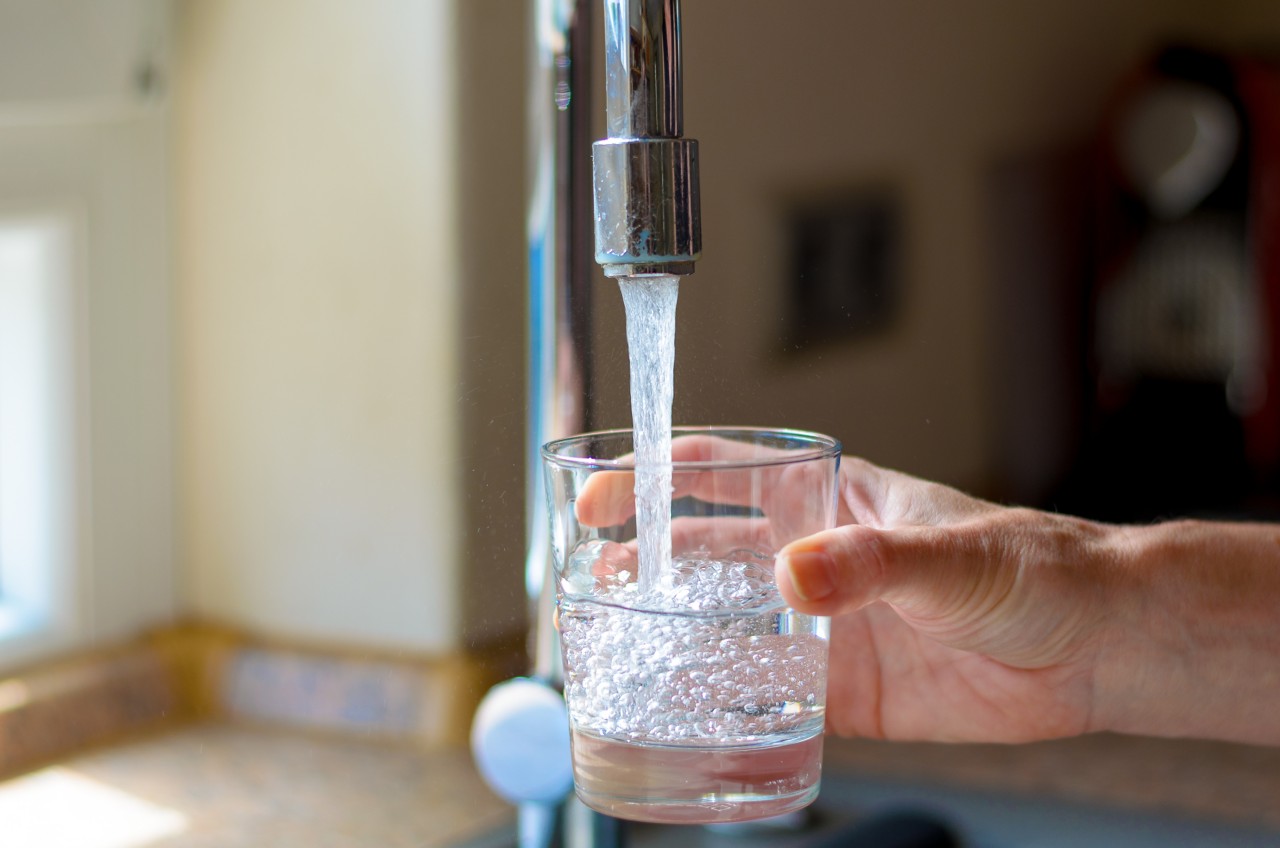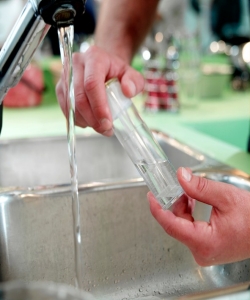What’s in my water?
Great question! The answer to this varies not only from state to state, but from household to household.
Your first step is to head to the Environmental Protection Agency’s (EPA) Consumer Confidence Report database. All municipalities are required to release a yearly consumer confidence report, also called a water quality report, by July 1st.
For example, let’s pretend you live in Albany, New York. Albany’s 2019 water quality report lists the contaminants tested and whether or not there were any violations for those contaminants. No violations occurred in 2019 – that’s terrific!
Not so fast. A water quality report doesn’t say what’s in your water. Each municipality also differs in how it disinfects its public water, so levels of treatment chemicals like chlorine and associated byproducts can vary. So while the water quality report can be informative, there is still more to learn.
Furthermore, there is no public database on what’s in your water if you own a private well. Microorganisms or contaminants like nitrates can affect your well water. And, depending on the pipes and fixtures leading to your home, heavy metals might be able to leech into the supply.
What is the EPA’s role regarding water quality?
The EPA establishes Maximum Contaminant Levels (MCLs) for several kinds of water contaminants. These are the legally enforceable standards for water quality. For example, the maximum level of fluoride in water is 4 milligrams per liter (mg/L). But the rules change often.
After reading about the lead levels in baby food (some brands used ingredients that tested over 350 parts per billion, or ppb, of lead), you dig into the EPA’s Lead and Copper Rule to determine if your tap water contains acceptable amounts of lead. The action level is 15 ppb, but let’s break down what this means: over 10% of samples in an area need to test at or above that level before any action is required to reduce lead contamination.
Furthermore, the EPA rules aren’t exhaustive. What does this mean for you? The EPA doesn’t monitor every contaminant that might be present in water. Just last month, the EPA announced they would begin taking steps to regulate per- and polyfluoroalkyl substances (PFAS), an industrial chemical that has been linked with health concerns for years.
For ultimate reassurance, we recommend testing your water. Don’t leave anything to chance!









